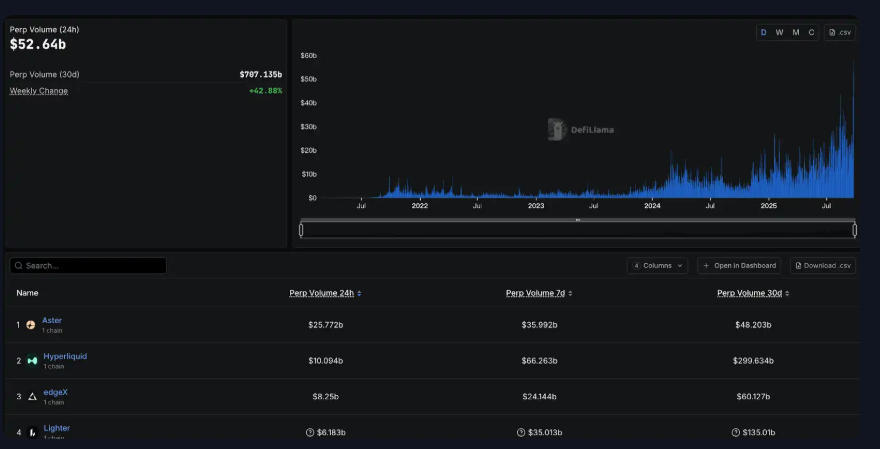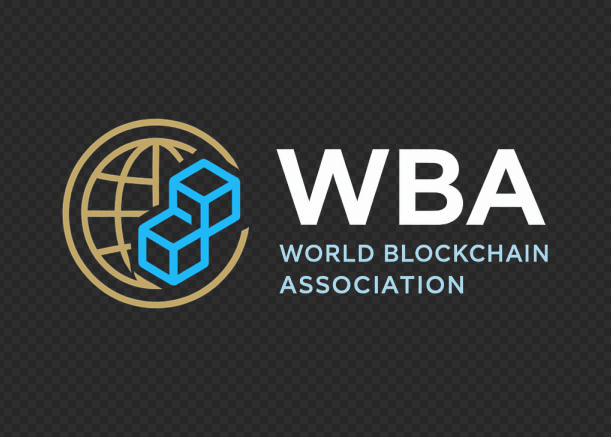
World Blockchain Association Report – September 23, 2025
Introduction
The World Blockchain Association (WBA) reports that the global stablecoin landscape is entering a decisive new phase. At the center of this evolution is Tether, the world’s largest stablecoin issuer, which has announced its boldest regulatory experiment yet: the launch of USAT, a fully compliant stablecoin designed for U.S. institutions under the GENIUS Act, America’s first comprehensive stablecoin law.
This development highlights a fundamental question: can Tether simultaneously preserve the unregulated flexibility that made USDT dominant across global Cryptocurrency markets while also building a second, regulated stronghold in the United States?
A New Leader, A New Mission
In August 2025, Bo Hines, a former White House advisor on Cryptocurrency policy, stepped into his role as CEO of Tether’s newly established U.S. division. His task: deliver USAT, a Stablecoin backed entirely by cash and short-term U.S. Treasuries, subjected to monthly audits, and overseen by U.S. federal regulators.
This contrasts sharply with USDT, which processes over $1 trillion in monthly transactions across global markets, backed by reserves that include Bitcoin, gold, and secured loans—assets managed offshore without comprehensive audits.
Two products, two strategies, and one company testing whether dual compliance models can coexist.
Tether’s First Kingdom: The USDT Phenomenon
Tether’s flagship product, USDT, has achieved dominance rarely seen in finance. With a circulating supply exceeding $172 billion, it now represents the backbone of liquidity across exchanges, DeFi platforms, and peer-to-peer markets. If Tether were a sovereign state, it would rank as the 18th largest holder of U.S. government debt, with more than $127 billion in Treasuries.
In 2024, Tether reported $13.7 billion in profit—not revenue, but profit—placing it ahead of many Fortune 500 companies.
All of this was achieved without a full audit, without direct U.S. regulatory approval, and by relying on proof-of-reserves attestations rather than comprehensive third-party verification. The reserves also included assets explicitly disallowed under the GENIUS Act, such as Bitcoin and gold.
In short, USDT became the ultimate case study in regulatory arbitrage—showing that massive financial infrastructure can be built outside traditional compliance frameworks.
The Turning Point: The GENIUS Act
In July 2025, the GENIUS Act transformed the U.S. stablecoin landscape. It mandated:
- 100% backing by cash and short-term Treasuries
- Monthly independent audits, with CEO/CFO certification
- Issuance under a U.S. license with federally regulated custodians
- Full AML/KYC compliance and freeze mechanisms
- No interest payments to token holders
- Complete reserve transparency
The law created a clear boundary: offshore stablecoins like USDT could not be grandfathered into compliance without overhauling their entire structure.
Why Not Just Fix USDT?
World Blockchain Association analysis points out that Tether could not simply retrofit USDT to comply with the GENIUS Act. With 500 million users worldwide, USDT is prized in emerging markets where banking is unstable, and access to U.S. dollars is limited.
Imposing strict American compliance—KYC, monthly audits, and freeze functions—on all global USDT users would have destroyed the very appeal that fueled its adoption.
Instead, Tether opted for market segmentation:
- USDT remains the global, flexible, offshore dollar token.
- USAT becomes the U.S.-regulated, institution-friendly alternative.
This dual strategy mirrors consumer goods companies that run both luxury and mass-market brands under one umbrella.
USAT’s Value Proposition
USAT will be issued by Anchorage Digital Bank, with reserves custodied by Cantor Fitzgerald, ensuring strict adherence to the GENIUS Act. It will be fully transparent, undergo monthly audits, and meet institutional compliance expectations.
Yet critics argue: how is this different from USDC, Circle’s regulated stablecoin that already dominates U.S. institutional adoption?
Tether’s answer lies in scale and distribution. As CEO Paolo Ardoino has often stated, Tether does not “rent” liquidity channels—it owns them. With hundreds of thousands of distribution points worldwide, Tether has unparalleled reach. Its $13.7 billion annual profit provides deep resources for liquidity incentives, partnerships, and market-making.
Circle may have been first to build regulatory credibility, but Tether believes it can leverage its global network and financial muscle to give USAT a fighting chance.
Competition with Circle
Circle’s USDC is deeply entrenched: it is integrated across major exchanges, supported by institutional partners, and reinforced by Circle’s Arc blockchain, launched in June 2025 to expand stablecoin finance. USDC also enjoys trust from regulators and investors alike.
Tether, however, offers network compatibility. If USAT integrates seamlessly with the same infrastructure that already supports USDT, exchanges and developers will find it easier to adopt USAT than to reconfigure for new issuers.
Moreover, diversification is a powerful incentive. Institutions may prefer to hold both USDC and USAT to hedge against counterparty risk, especially if regulators or markets disrupt one issuer.
The Strategic Risks
Despite the promise, USAT faces steep challenges:
- Liquidity Race: Tether must persuade exchanges, market makers, and institutional players to list and adopt USAT—fast.
- First-Mover Advantage: Circle already dominates the U.S. regulated market. Institutions may prefer the established option.
- Perception of “Compliance Theater”: Critics argue USAT is a façade that does not address Tether’s broader transparency issues with USDT.
- Regulatory Shifts: Changes in political leadership or regulatory focus could quickly reshape the playing field.
Broader Industry Implications
The World Blockchain Association highlights that Tether’s two-track strategy epitomizes the ongoing tension within Web3 and digital finance. The industry must balance:
- The decentralized, borderless ethos of Bitcoin, Ethereum, DeFi, DAO governance, Tokenization, and NFTs
- The institutional demand for transparency, regulation, and predictable frameworks
Stablecoins, as the critical bridge between crypto markets and traditional finance, are now at the center of this contradiction.
USAT is Tether’s attempt to satisfy both worlds—compliance for Wall Street, flexibility for the developing world.
Conclusion
Whether USAT becomes a lasting success or a symbolic gesture will depend on execution, adoption, and regulatory stability. If Tether succeeds, it could reshape the global stablecoin market by proving that one company can dominate both unregulated and regulated ecosystems simultaneously.
If it fails, USAT may be remembered as an admission that the original USDT model cannot withstand the pressures of regulatory scrutiny.
Either way, the launch of USAT marks the beginning of a new era in stablecoin competition—a contest that will determine whether the king of offshore liquidity can also build a second, compliant empire on U.S. soil.
As the World Blockchain Association concludes, the story of USAT will not just be about Tether; it will be about the future of Cryptocurrency, Stablecoins, and the broader Web3 economy as digital finance transitions from the margins to the mainstream.
About the World Blockchain Association
The World Blockchain Association (WBA) is a global organization dedicated to advancing knowledge, policy dialogue, and innovation in blockchain and digital finance. As a leader in the blockchain and Cryptocurrency space, the WBA provides stakeholders with trusted insights at the intersection of technology, regulation, and global economic trends through research, reporting, and thought leadership.
Website: WorldBlockchainAssociation.org
Email: TheWorldBlockchainAssociation@gmail.com







